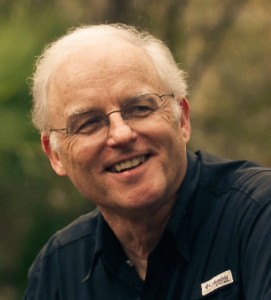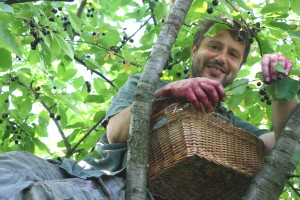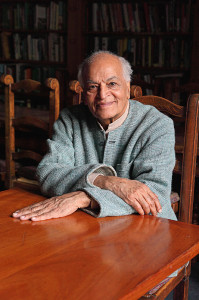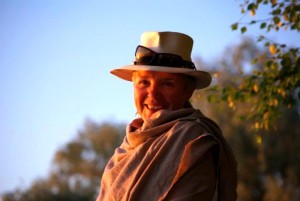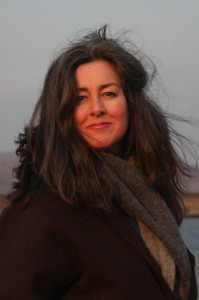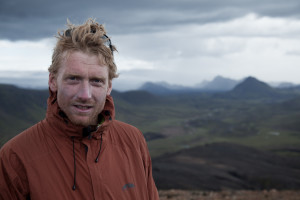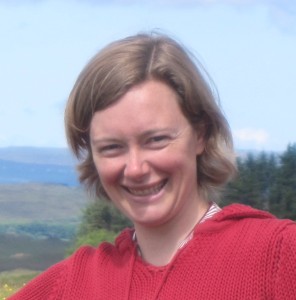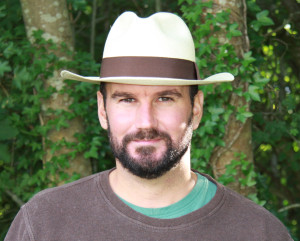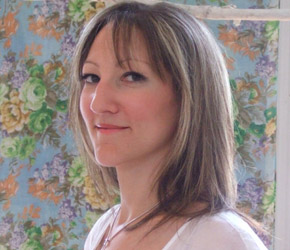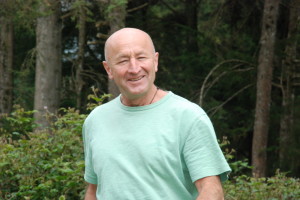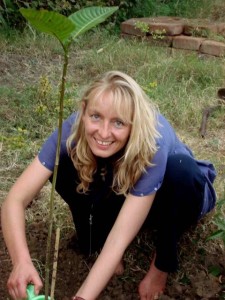Richard writes extensively about the connections between family, nature and community, and has written several books including ‘The Nature Principle’ and ‘Last Child in the Woods’. He is the recipient of America’s prestigious Audobon Medal
1. How can we ignite (or re-ignite) within children a sense of the wonder of living things & reconnect them with nature – in particular those from diverse cultural and social backgrounds ?
Without direct physical contact with the natural world, children’s knowledge about the environment is abstract, for the most part, and they tend to see a world with problems that are overwhelming. I often say that children know a lot about climate change and the cutting of the Amazon rain forest, but can’t tell you about what lives in the vacant lots or lakes or parks in their own area. Not that they don’t want to know. There’s a world of difference in seeing a butterfly on TV and following one as it moves from flower to flower, and kids realize this immediately when they have a chance to enjoy the outdoors on their own terms. Fortunately, there are lots of organizations out there that offer nature outings for little or no cost, many led by naturalists or enthusiasts who have become experts on the local flora and fauna. I urge parents or guardians to seek out these opportunities for learning and steer the kids in that direction.
2. In the Nature Principle you write about the mind, body, nature connection – how can this work in a pro-city way? Is biophilic design the answer – and if so, how does that work?
As of 2008, more people live in cities than in the countryside-in the whole world. This is a huge moment in human history, and it means one of two things: either human connection to nature will continue to disintegrate, or this is the beginning of a new kind of city, one with new kinds of workplaces and homes that actually connect people to nature. There’s no reason that we can’t begin to think about cities as incubators of biodiversity. When we begin to think that way, the built environment looks very different.
Studies show that parks with the highest biodiversity are the parks from which people benefit the most psychologically. That ought to be a guidepost for how we think about parks in cities. The limited studies that have been done on workplaces that have been designed with biophilic design suggest that those workplaces are different. People are more productive. Sick time and turnover go down. That’s going beyond energy efficiency. That’s moving into the realm of producing human energy. That’s the direction that I think we need to move in.
If environmentalism, architecture and urban design get stuck only on energy efficiency, we won’t get to energy efficiency. It has to aim higher than that. As William McDonough [sustainable design leader] asks: “Do you really want a ‘sustainable’ marriage? Don’t you want something better than that?”
3. When you want to switch off from writing about nature to communing with it – what do you do & where do you go?
My backyard is San Diego County, where I enjoy fishing on the bay and out on the Pacific and in the lakes dotted through the semi-arid backcountry, and hiking in the mountains and desert to the east, and . This has been called the most biologically diverse region in the United States. But to say that I am a model for others behavior would be a stretch. I find it difficult to pull away from screens, just as so many others do. When my boys were small, my wife and I had perhaps more motivation to leave the computers and the house and to be in nature, and take our sons with us so that they could experience nature. Now she and I must create that motivation only for ourselves. So recently we have consciously been going on what I call techno-fasts: leaving the electronics and heading for the mountains for a few days.
To find out more about Richard, visit www.richardlouv.com

